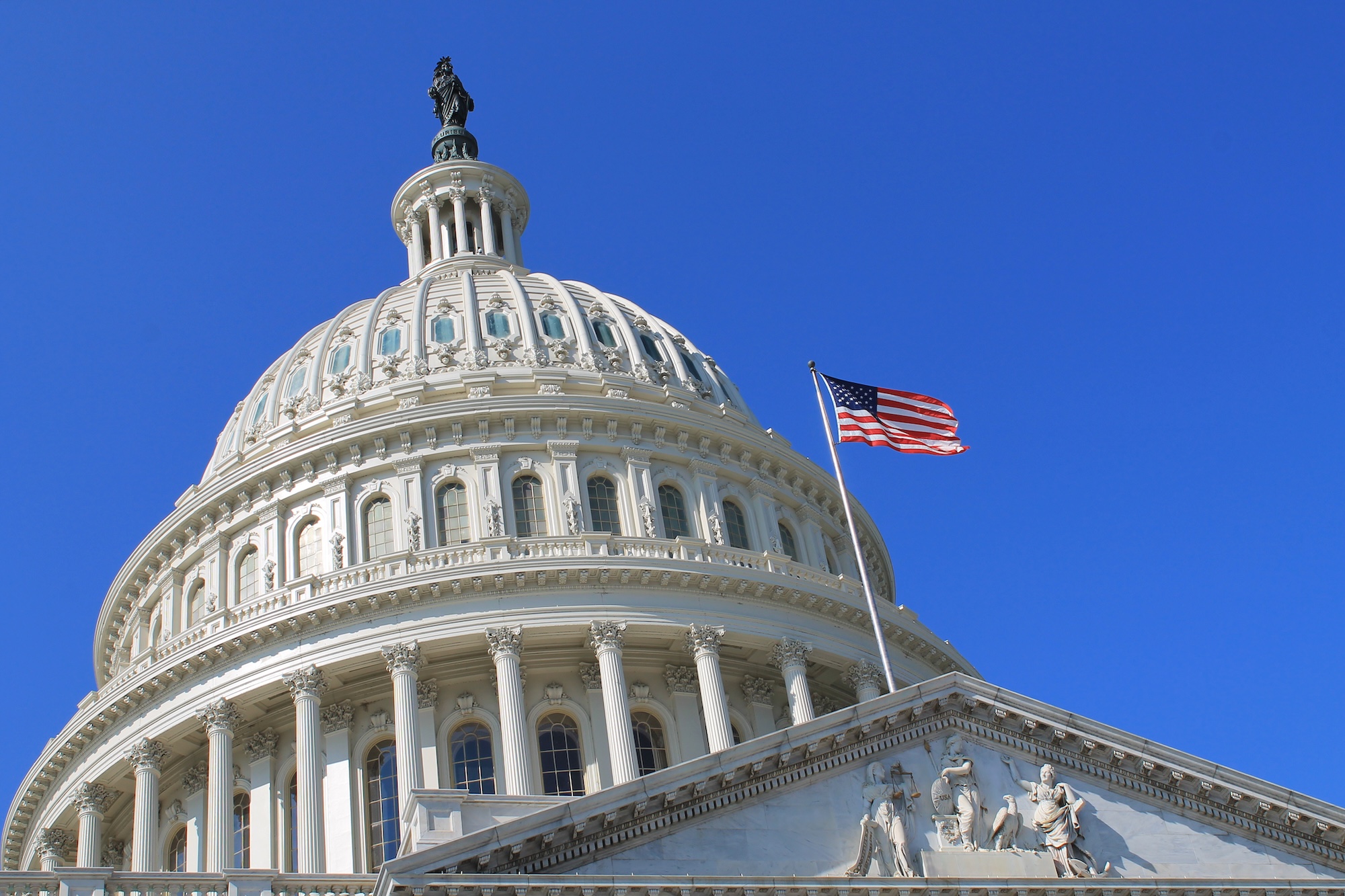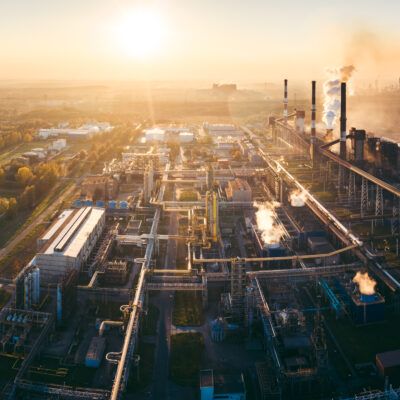
The US needs an industrial finance authority with a long-term commitment to drive both public and private capital
RECOMMENDED READING
Having exhausted all other options, US policymakers are finally doing the right thing for domestic manufacturing: embracing industrial policy to channel capital towards expanding the nation’s productive capacity.
Between the Infrastructure Investment and Jobs Act, the Chips and Science Act, and the clean energy programmes in the inaptly named Inflation Reduction Act, hundreds of billions of dollars in public spending and subsidies have prompted a building surge. Spending on US manufacturing construction nearly tripled from mid-2021 to mid-2023 after remaining flat for the previous six years. But celebration of a “manufacturing renaissance”, as US Steel chief executive David Burritt has called the surge, is premature.
Certainly, a policy revolution has occurred. Leaders across the political spectrum have embraced the necessity of a public role in fostering productive investment. Many economists are acknowledging that making things matters in ways markets will ignore.
Just as important, implementation has validated the basic premise that the private sector will respond to industrial policy with investment. This is no small accomplishment. Other policies intended to trigger greater investment — for instance, tax cuts and stimulus spending — failed repeatedly. Now, the semiconductor plants and the battery factories are going up as intended.
That is the good news. The bad news is that the Biden administration’s framework will not go beyond these tentative steps towards a genuine manufacturing renaissance, because it is not designed to.
Recommended Reading
American Compass on CHIPS Act Passage: An Inflection Point in U.S. Policy
PRESS RELEASE—America is finally getting serious about returning critical industries to our shores.
Policy Brief: The Market Access Charge
Make American goods more attractive to foreigners than American assets
Issues 2024: Industrial Policy
A strong industrial base is vital to workers and their communities, the rate of technological and economic progress, and national security.













